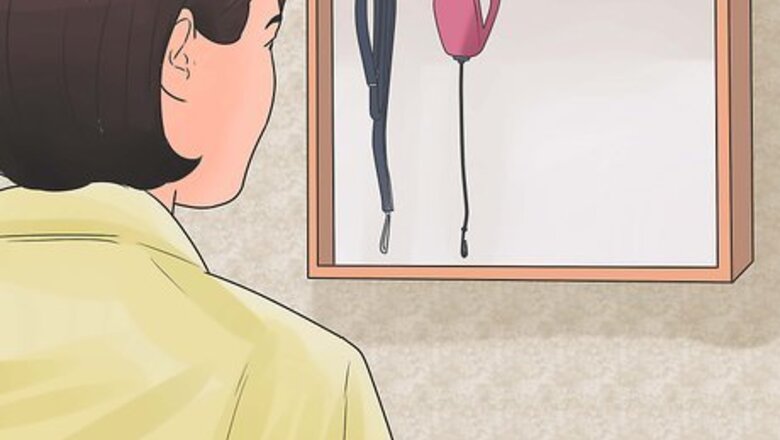
views
Teaching an Older Dog to Accept a Leash Calmly
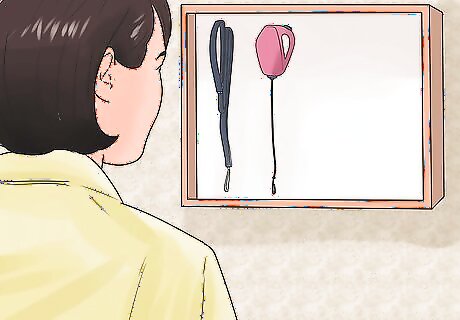
Pick the right kind of leash. A dog that needs leash training could benefit from the use of a training lead. This is a short leash that keeps the dog at your side. This kind of leash will let you correct bad behavior quickly and effectively by redirecting the dog away from distractions.
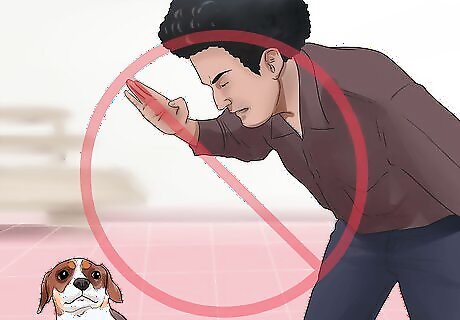
Avoid using punishment-based training techniques. A shock collar, choke chain, or prong collar has no place in retraining. While it might seem tempting to use a prong collar or choke chain, these work by inflicting pain and having the dog associate pain with pulling. Not only could these devices cause actual physical harm to the dog, but they work using fear rather than helping the dog to learn in a positive way. In addition, these collars are generally the mark of an inadequate trainer who doesn't know how to correct such behavior in any other way. Don't let this be a label applied to you, but instead retrain your dog in a humane manner using canine psychology.
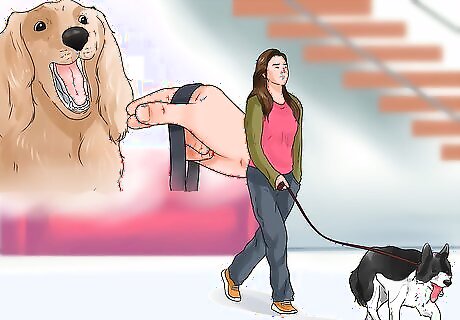
Tackle the excitement associated with wearing a leash. The chances are the dog is beside itself with excitement as soon as the leash appears. This is because it associates the leash with a walk. You want your pup to be calm when you set off, so that you are more likely to succeed in retraining. To this end, clip the leash on and off the dog in the house, but without going for a walk. Your aim is to break the assumption that because the dog has a lead on it is going for a walk. For example, when you are home, clip the leash on but go about your normal routine in the house. After 5 - 10 minutes, unclip the leash and carry on as usual again. Repeat this every half hour or so, so the dog becomes desensitized to wearing the leash.
Teaching an Older Dog to Heel
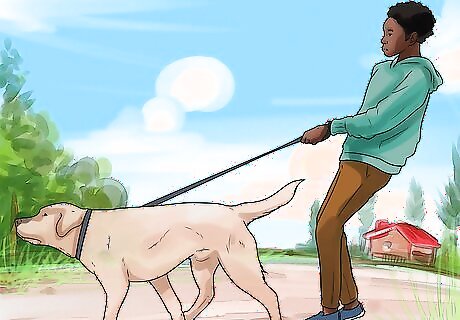
Keep in mind why dogs pull on the Leash. Dogs most commonly pull because they are excited to get where they are going, which is usually an exciting place full of interesting smells such as the park. Dogs repeat behaviors when they get a reward from doing that behavior. In this case, the action of pulling on the lead is it's own reward because the dog perceives they get where they want to go more quickly.
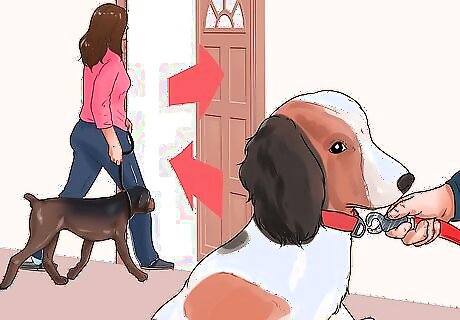
Tackle the excitement of walking out the door. Once the dog is calm when you attach the leash, try taking it outside. This is likely to reboot the whole excitement thing, because this time it looks like the dog really is going for a walk. To counteract this, set aside plenty of time. Walk out the door with the dog, shut the door, pause, then re-enter the house. Repeat this until both you and the dog are bored, and its lost all interest in pulling on the lead because the chances are it is going straight back inside and not on a walk.
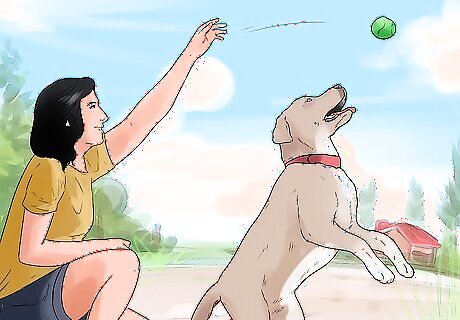
Teach the dog to stop pulling on the lead. This works best if you set aside plenty of time, and are prepared to not actually get as far as your intended destination. Put the dog on the lead and calmly leave the house. As soon as it starts to pull on the leash, stop dead in your tracks. Hold the leash firmly, but do not try to pull the dog back to you. If your dog needs lots of exercise, try playing ball in the yard to tire it out beforehand so that it gets its exercise. If you let him pull you to the park during the retraining period then you will undo all the good work done to date.
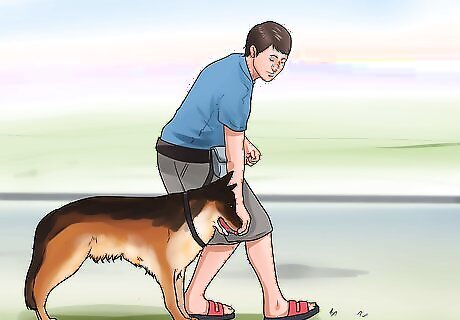
Reinforce positive behavior. When your dog turns its head to look at you, give a hearty "GOOD DOGGY!" then move forward and keep on walking. About every three or four times this happens, give the dog a treat.
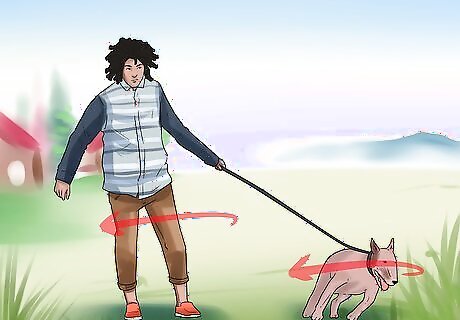
Try an alternative method of training if you are not having success. When the dog pulls, stop and set off walking in the opposite direction. If the dog then tanks ahead of you and pulls in the next direction, stop again and change direction. The message you are sending to the dog is that when it pulls it gets no further forward, therefore there is no point in pulling. Using this method, however, when the dog tries to get you to move faster, it results in you stopping, which means no movement at all. Pretty soon, the dog will realize that you and you alone are in control of the walks. You determine the time, place and speed. Once the dog has established this, it will no longer pull.
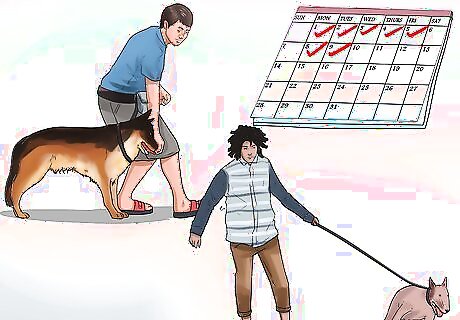
Take your time with this training. It takes time to change ingrained behavior. Commit to daily training but don't assume that your dog will change its behavior after just a week. It may take a lot longer for your pup to get the messages you are sending it and make the changes you desire. Hopefully, after about a month of taking walks like this, your dog will no longer be taking you for a walk! Similarly, don't use this method for extended periods of time. It takes time and repetition more than extended training sessions. For instance, do not try to take long walks with this method. Your dog will soon tire or get bored from this training.



















Comments
0 comment